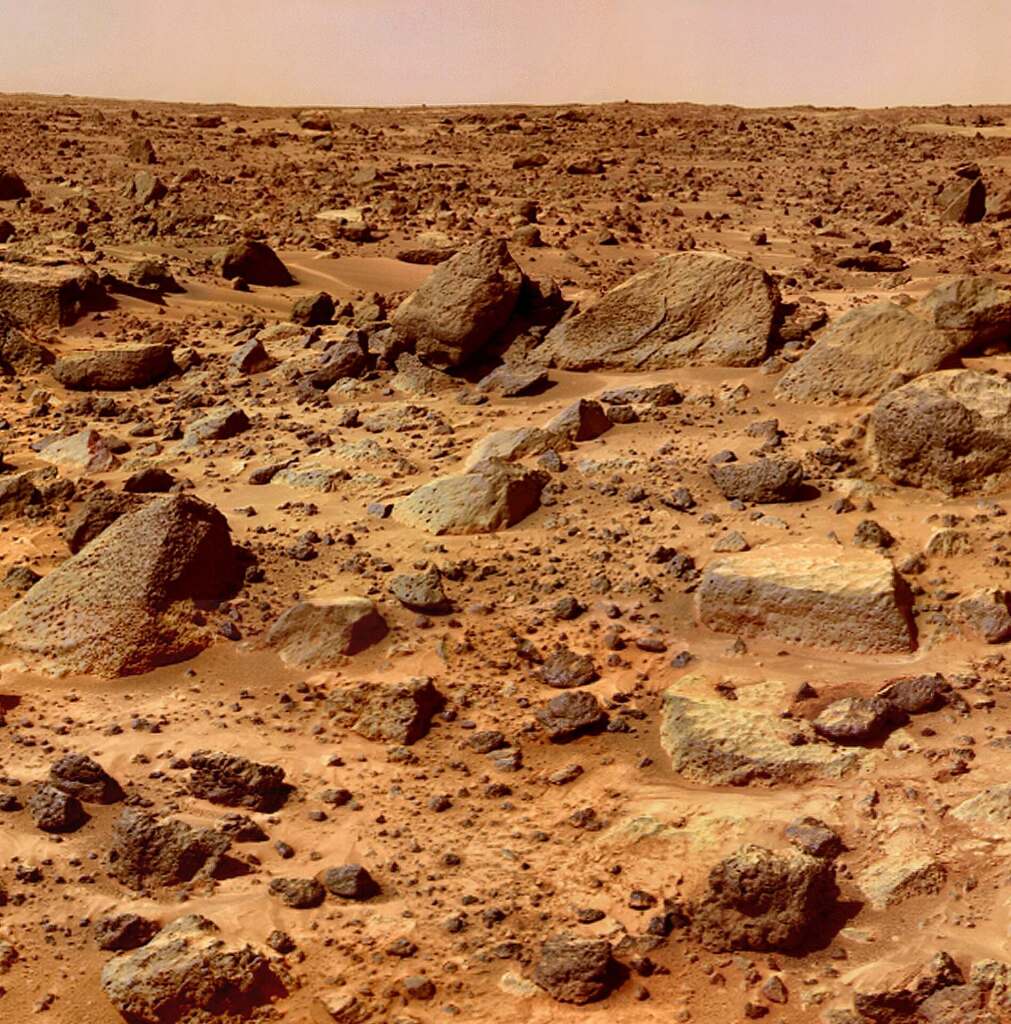
Terraforming Mars, or making it more Earth-like to support human colonization, has been a topic of serious scientific discussion and imaginative speculation for decades.
One of the more radical proposals is to crash Mars’ two moons, Phobos and Deimos, into the planet to generate heat and release trapped gases, contributing to a warmer and potentially more habitable environment.

Ok, so this idea is fascinating and crazy at the same time, then its practicality is another matter altogether. This article explores the realism behind this concept and the challenges that would be encountered.
Phobos and Deimos: The Martian Moons

Phobos and Deimos are Mars’ two small moons, likely captured asteroids from the asteroid belt. Phobos, the larger of the two, has a diameter of about 22.4 kilometers, while Deimos is smaller, with a diameter of approximately 12.4 kilometers. Both moons are irregularly shaped and have low masses compared to Earth’s Moon.
Phobos orbits Mars at an incredibly close distance of about 6,000 kilometers, making it the closest moon to its planet in the solar system.
Deimos orbits much farther out, at around 20,000 kilometers. These moons are primarily composed of carbon-rich rock and ice, with Phobos having a significant amount of regolith (a layer of loose, fragmented material) on its surface.
The Concept: Crashing the Moons into Mars

The idea behind crashing Phobos and Deimos into Mars is relatively straightforward: their impacts would generate a significant amount of energy, releasing heat and potentially triggering geological activity.
This heat could warm the planet and release gases trapped beneath the surface, thickening the atmosphere. A thicker atmosphere with more greenhouse gases could, in theory, create a more stable and warmer environment for future human colonists.
The Challenges
- Orbital Mechanics and Control:
- Complexity of Redirection: Redirecting a moon is an incredibly complex task. Phobos and Deimos are not just drifting through space; they are in stable orbits around Mars. Altering these orbits to ensure they collide with the planet would require precise calculations and an enormous amount of energy.
- Energy Requirements: The energy required to change the orbit of Phobos or Deimos would be astronomical. The process would involve slowing them down to allow Mars’ gravity to pull them in, which is not a simple task. Even a small adjustment in velocity would require immense thrust, far beyond our current propulsion technology.
- Impact Consequences:
- Destructive Forces: The impact of Phobos or Deimos would release vast amounts of energy. While this could generate heat, it could also cause catastrophic damage to the planet’s surface. The impacts could trigger massive volcanic eruptions, widespread seismic activity, and perhaps even destabilize the planet’s crust.
- Unpredictable Results: The aftermath of such a collision is unpredictable. Instead of gently warming the planet, the impacts could create a harsh, inhospitable environment, with dust clouds blocking sunlight and reducing temperatures in the long term, counteracting the intended effect.
- Technological and Ethical Considerations:
- Technological Feasibility: Our current technology is not capable of managing such a project. The engineering challenges alone are immense, from moving a moon to ensuring it hits Mars at the right angle and speed. The project would require international collaboration, vast financial resources, and advancements in space technology that are currently beyond our reach.
- Ethical Concerns: Terraforming Mars by crashing its moons raises ethical questions. The process would irreversibly change the Martian environment, potentially destroying any existing microbial life. There is also the consideration of the risks involved; if something went wrong, it could render Mars even less hospitable.
Alternatives to Moon Crashing
Given the significant challenges and risks associated with crashing Phobos and Deimos into Mars, scientists have proposed alternative methods for terraforming. These include:
- Releasing Greenhouse Gases: One idea is to release gases like carbon dioxide and methane from Mars’ surface and subsurface to thicken the atmosphere naturally.
- Solar Mirrors: Giant mirrors could be placed in orbit to reflect sunlight onto the surface, gradually warming the planet.
- Nuclear Explosions: Controlled nuclear detonations could release trapped gases and heat specific areas, though this approach also carries significant risks.
Conclusion
While the idea of crashing Phobos and Deimos into Mars to heat the planet is intriguing, it is not a realistic option with current technology.
The energy required, the risks involved, and the unpredictable consequences make it an unlikely solution for terraforming Mars.
As our technological capabilities advance, more practical and controlled methods for transforming the Red Planet into a habitable environment will likely emerge. For now, the concept remains within the realm of science fiction rather than scientific reality


